Login
Subscribephysiology
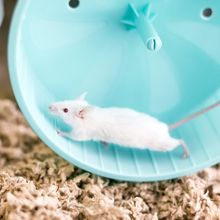
An Exercise-induced Liver Enzyme Boosts Metabolism
Natalia Mesa, PhD | Jul 7, 2023 | 3 min read
Exercise drives the liver to produce the CES2 enzyme, which circulates in blood and delivers some of the benefits of exercise in mice.
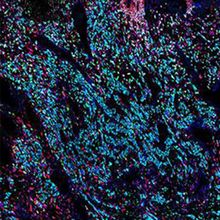
The Cellular Intricacies of the Human Placenta
Ida Emilie Steinmark, PhD | Jul 5, 2023 | 2 min read
Rare samples saved 35 years ago helped researchers map gene expression and cell differentiation in first trimester placentas.
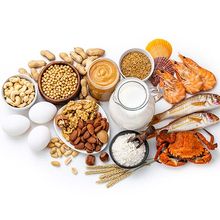
Retraining the Immune System Cavalry for Food Allergen Peacekeeping Missions
The Scientist’s Creative Services Team | 1 min read
Explore food allergy immunotherapy for reversing patient symptoms.
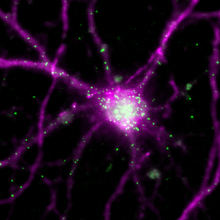
Short-lived Molecules Support Long-term Memory
Alejandra Manjarrez, PhD | Jun 6, 2023 | 3 min read
A gene essential for information storage in the brain engages an autoregulatory feedback loop to consolidate memory.
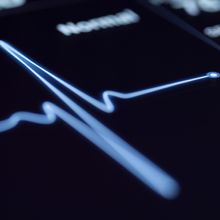
The Circadian Rhythm of the Heart Rate
Katherine Paulin, PhD | May 31, 2023 | 3 min read
The sympathetic nervous system influences gene expression in the heart to regulate the day-night cycle of resting heart rate.

Accelerating Immune Research with Cryopreserved Peripheral Blood Mononuclear Cells
The Scientist’s Creative Services Team and MilliporeSigma | 3 min read
Commerically-available peripheral blood mononuclear cells offer a well-characterized, accessible, and consistent model for immunology and therapeutic development.

Mechanical Force on the Skull May Aid Bone Regeneration
Alejandra Manjarrez, PhD | May 1, 2023 | 3 min read
By mechanically inducing the expansion of cranial sutures in young adult mice, researchers stimulated stem cell proliferation that is key to healing bone injuries.
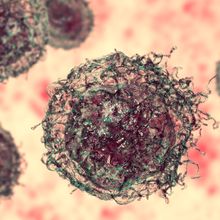
Bacterial Tractor Beams Bring Radiation to Tumors
Rachael Moeller Gorman | Apr 17, 2023 | 3 min read
Colonizing tumors with engineered bacteria may allow researchers to target sites currently inaccessible to radionuclide therapy.

Science Philosophy in a Flash - A Scientific Figure of Speech
Iris Kulbatski, PhD | 1 min read
Beate Peter shares how her “scientific bilingualism” is the driving force behind her philosophy of science.
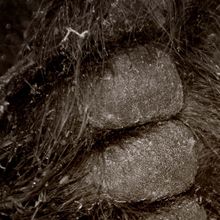
Hibernating Bears Provide Clue to Preventing Serious Clots in Humans
Natalia Mesa, PhD | Apr 13, 2023 | 3 min read
Low levels of the clotting factor HSP47 protect the sleeping giants from blood clots, and the same may be possible for humans and other mammals.
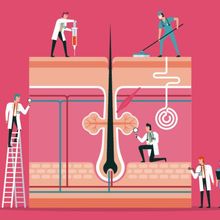
Getting to the Root of Skin Healing
Iris Kulbatski, PhD | Apr 11, 2023 | 4 min read
The intimate link between hair follicles and wound healing is more than skin deep.
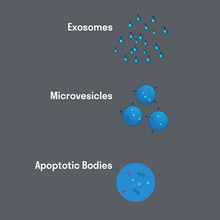
Extracellular Vesicles: Applications and Potential
Beckman Coulter Life Sciences | 1 min read
Explore why extracellular vesicles are attractive candidates for new therapeutic approaches.
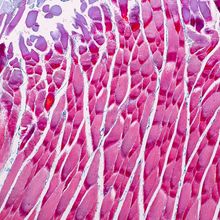
Mechanical Implant Stirs Wasting Muscle Back into Action
Holly Barker, PhD | Apr 3, 2023 | 3 min read
An implantable device stimulates muscle contraction and prevents muscular atrophy in mice.
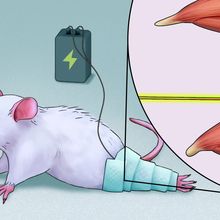
Infographic: Tissue Implant Gets Muscles Moving, Prevents Atrophy
Holly Barker, PhD | Apr 3, 2023 | 1 min read
The experimental device, known as MAGENTA, forces muscles to contract, simulating natural movement.
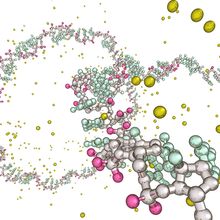
Expanding the Available Target Range for New Drugs and Diagnostics with Aptamers
The Scientist’s Creative Services Team and aptamer Group | 1 min read
In this roundtable discussion, an expert panel will discuss how the latest applications of aptamer technology are enabling innovation across the life sciences by replacing antibodies.
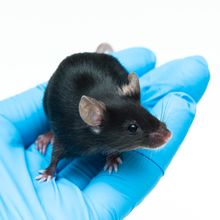
hCINAP Protein Key to Cellular Senescence: Study
Patience Asanga | Mar 23, 2023 | 3 min read
The authors claim that by preventing the formation of senescent cells, the protein could delay aging, but experts are skeptical.
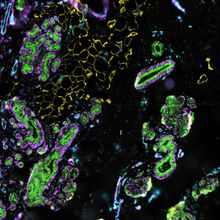
Hormone Therapy Triggers Male Gene Patterns in Transgender Men’s Cells
Holly Barker, PhD | Mar 15, 2023 | 3 min read
A study deepens the scientific understanding of how androgens influence breast tissue, which may offer clues to treating breast cancer.

Driving Disease Research and Therapeutics with Large-Scale Proteomics
The Scientist’s Creative Services Team and SomaLogic | 1 min read
Explore how technology enables large-scale proteomics for biomarker discovery and clinical application.
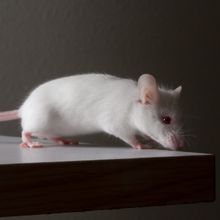
The Heart Can Directly Influence Our Emotions
Natalia Mesa, PhD | Mar 1, 2023 | 4 min read
Researchers find that an increased heart rate can induce anxiety in mice, given the right context.
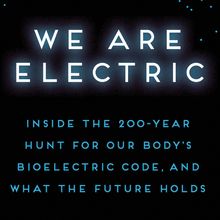
The Skin Battery
Sally Adee | Mar 1, 2023 | 4 min read
The “wound current” has intrigued scientists for more than a century. It could turn out to be the key to healing catastrophic injuries.